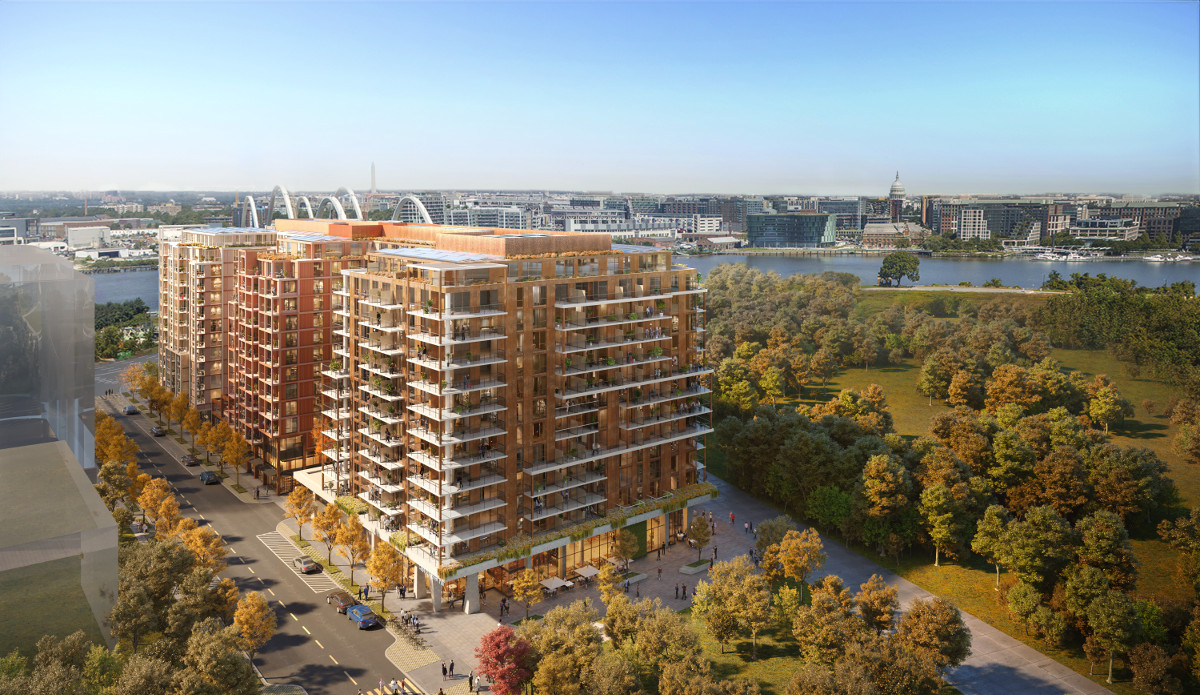Spotlight Report
Using Low-Carbon Concrete in Your Next Project
There are few materials that are as ubiquitous as concrete—or that cause as much environmental consternation. Concrete is one of the construction industry’s largest carbon emitters, responsible for about 5% to 8% of the world’s anthropogenic greenhouse gas emissions, yet it is also one of the most important building materials, used in even the most sustainable buildings for foundations, floors, walls, and more. The green building community may collectively gnash its teeth at its use, but there are few materials that can compete with concrete’s performance and versatility.
There are well-proven ways to reduce concrete’s carbon footprint, but for years design teams have lacked the material innovations, policy advancements, and experience that would allow for the widespread, scalable reductions the industry needs to meet aggressive carbon goals. That is changing.
There are now viable low-carbon concrete options for almost all end uses as well as strategies that can work to reduce a building’s overall concrete carbon footprint. Can you get these into your next job? This course explores low-carbon concrete opportunities that currently exist as well as some that are on the horizon.
This is your chance to learnWhy project teams should optimize concrete’s use and should employ carbon-reduction and sequestration strategies to address concrete’s environmental and climate impacts.
The practical and environmental pros and cons of seven different types of materials that can be used in concrete mixes to reduce their carbon footprint, along with five different technologies that sequester carbon in the final product.
Hot to combine whole-building life-cycle assessment with performance specifications to achieve project-wide embodied carbon reductions.
Codes, policies, and regulations that already exist or are under development to encourage or require reductions in the embodied carbon of concrete on building projects.



